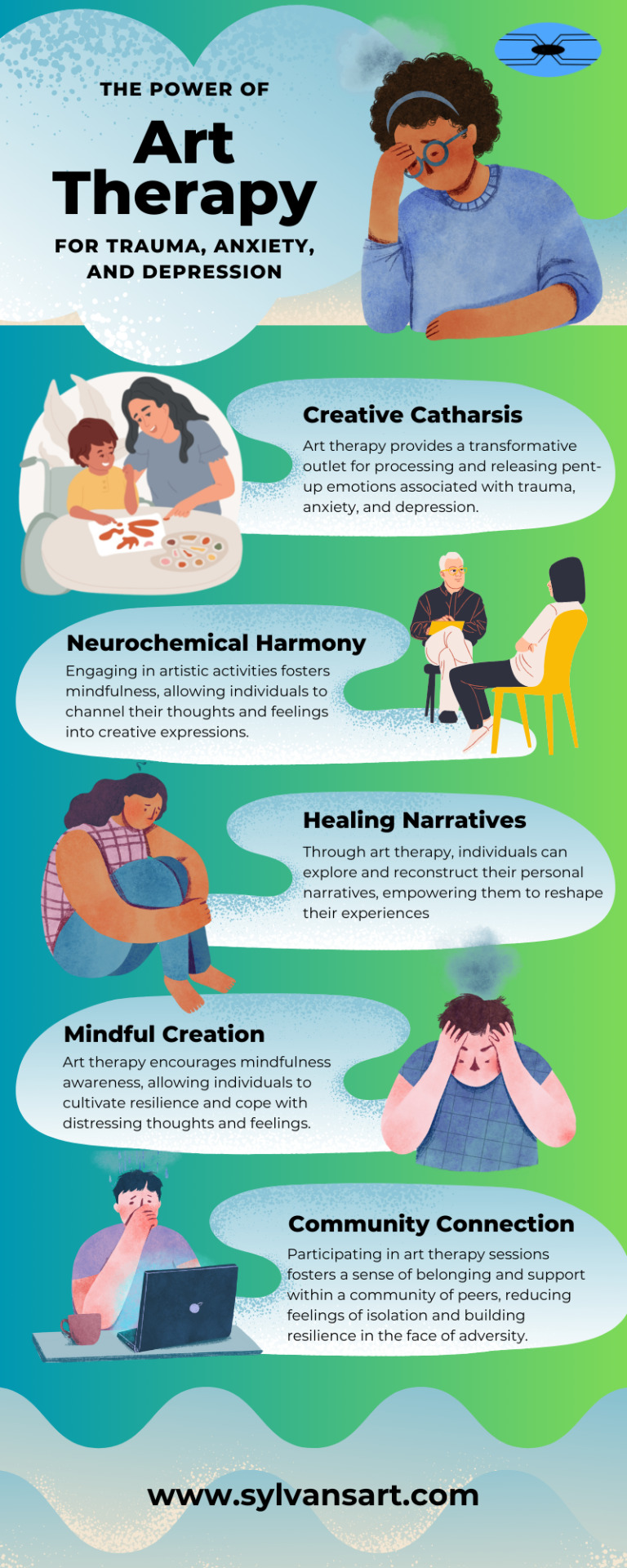Text
instagram
Our experiences with love shape how we seek it, sometimes leading us down paths of familiar hurt. When we’ve been exposed to manipulative or neglectful love, it alters our map for love, causing us to repeat old patterns or swing to extremes in our relationships.
#mental health therapist#somatic trauma therapist#trauma therapist#trauma informed therapist#Instagram
0 notes
Text
I DON'T HAVE TO LIE ANYMORE!
#I DON'T HAVE TO LIE ANYMORE ABOUT ANYTHING#IT DOESN'T HAVE TO OVERRIDE ALL OTHER PROGRAMMING EVER AGAIN#HA#MY GOD THAT FEELS LIKE TWO DECADES OF RELIEF#and I found out yesterday. that this year. next winter. it IS two decades. exactly. this is the year. every day i am shown new reminders#that keep me going in my mission to relearn to fully and instinctually trust my self#ever since [redacted therapist] asked me point blank and my IMMEDIATE response was complete disbelief#a firm 'you think there's any universe where i'd feel like i could trust myself? after my nonstop history of failures and being horrible?'#tone “No!” of disbelief#and a horrible way-too-harsh laugh that bolted out before I could strangle it off and stop it.#that woman never coddled my feelings any time I spoke something alarming or bullshit and that was so helpful to me#and the tone she let exist in her voice when she responded to me with a very uncharacteristic “Oh Katie.”#was so. so much more agonizing for me. than her responding with an immediate logical slam-dunk of the truth about healthy behavior and stuf#anyway ramble over i'm so tired. i've done so much trauma work this week i am Drained emotionally#now i see what the past several months but especially especially#the baffling (to me) infuriating out-of-control-speedrun-somatic-processing + every-health-condition-flaring slog that December and January#were for me when I hadn't expected anything to be wrong#...and the extremely specific way this certain zone and particular incident kept coming up over and over and over and over and OVER was not#a bug. it was a feature. thank goodness i trust myself for little things now bc that's the only way i was able to get to this other side#and look back and suddenly realize that my subconscious and body knew what they needed and had a plan in progress the whole time. just like#i rationally say I trust them to have and do.#and that perhaps maybe. for real for real instead of just TELLING myself hard enough a lie that i trust my self and i trust my body and tha#they always know their own needs and timing if really slow down and listen to them f u l l y#anyway. yeah. bye haha i need to stop oversharing on the internet#trauma evolution#shh katie#personal#my god. i wished for this day more than i wished for anything else my whole life. all these many many many many years. what magic.#add to journal#abuse
20 notes
·
View notes
Text
Releasing Trauma in Body

Trauma can manifest not only in the mind but also in the body, creating a complex interplay of emotions and physical sensations. 🌿✨
Listen to your body, honor its signals, and be patient with yourself. Remember, healing is a unique journey, and there's no one-size-fits-all approach.
Somatic therapy is a supportive way to release the trauma from a mind-body perspective. Life By Design Therapy specializes in this unique form of therapeutic healing. If this resonates with you, head to the link in our bio to schedule a free phone consultation with one of our therapists today!
5 notes
·
View notes
Quote
Resiliency is our inherent capacity to see beauty, find connection, commune with something larger than ourselves, and create- even in or after horrendous experiences
Staci K. Haines
Staci Haines is the author of “The Politics of Trauma: Somatics, Healing and Social Justice.” She is the founder of generationFIVE and the co-founder of generative somatics.
#resiliency#trauma#trauma recovery#trauma therapy#trauma informed mindfulness#trauma therapist#recovery#quotes#therapist#resources#research#somatic#somatics#generative somatics
11 notes
·
View notes
Text
Connecting with your intuition/body via Somatic Work - Daniel Siegel’s Hand model
And we’re back to the long, long series where I’m showing y’all how to connect to your body/intuition using somatic psych theory.
We’re starting with learning your own autonomic nervous system. I’m using Daniel Siegel’s hand model of the brain to visually break down what I’ve covered so far!
Here’s the video!
And here’s the transcribed version on the QueeringPsychology blog!
Please check out the previous videos/blog post or this won’t make all that much sense.
The next video and blog post will go deeper into the fight/flight response!
#queeringpsych#queeringpsychology#mhc4oc#black therapist#therapy#community building#mental health#psychology#psychotherapy#therapist#community#polyvagal#psych#somatic#somatic therapy#fight or flight#fight/flight#depression#anxiety#trauma#ptsd#CPTSD
9 notes
·
View notes
Text

Art therapy utilizes creative expression to help individuals heal from trauma, anxiety, and depression. By engaging in activities like drawing and painting, participants can process emotions, reduce stress, and find relief. Trauma and PTSD Therapy approach offers a non-verbal outlet for feelings, promotes mindfulness, and boosts self-esteem, making it a powerful tool for mental well-being.
#California Art Therapy#VR Therapy Services#ADHD and Autism Specialist#Marriage and Family Therapist#Virtual Reality Therapy CA#Family and Couples Therapy#Trauma and PTSD Therapy#Online Therapy Services#Art Therapy Services California#Somatic Therapy CA#Somatic Therapy Specialist#Online Family and Couples Therapy#VR Headsets
1 note
·
View note
Note
Do you know how to do handstand roll over
Or any activities as such
Or do you just read and listen to the wind
I hate being present in my body so no I’m not really athletic or nimble lol, I don’t move my body much outside of yoga (which I haven’t done in a very long while unfortunately.) So yes I’m not very refined in movement
#i saw a body therapist for a minute there actually lol#for body healing from trauma#she said my shoulders were locked and that only I could unlock them#it was very somatic in approach#but yeah I used to have to do stretches to crack my bones quite often from tension#i felt like I was recoiling into myself#but I think I’m doing better now
1 note
·
View note
Text

PTSD, Depression & Anxiety Therapist Austin Texas ! Somatic Work
Paige Newberry Bartholomew is PTSD, depression and anxiety therapist in Austin Texas. She uses Hypnotherapy and Somatic work for lasting results. Free Consultation and Sliding Scale.
#PTSD therapist#Anxiety therapist#Depression therapist#Hypnotherapy#Somatic work#Trauma Therapy#Trauma Therapist#Trauma Therapist near Me
1 note
·
View note
Text
What role does psychotherapy or counselling play in addressing mental health challenges?
#mental health recovery#mental health#therapy#coping#stress#trauma#challenges#somatic psychotherapy#psychotherapy#mental wellbeing#mentalhealth#therapist#counselling#self compassion#self help#healing journey#self awareness#self care#boundaries
0 notes
Text
Alternative readings for The Body Keeps the Score
hi, i'm a practicing mental health therapist and a writer here on tumblr dot com. the body keeps the score by dr. bessel van der kolk has a couple issues with it, primarily in the author's very much cishet male eurocentric approach to trauma and the graphic nature of the book. here's a list of some books about trauma that i've found preferable to the body keeps the score in addressing trauma and how the body holds onto trauma. i've included pdf links for ones i could find:
HEALING TRAUMA by peter a. levine. this one is a far less denser read than the body keeps the score while still providing solid education on trauma symptomatology. it even comes with mp3 access to exercises to address somatic symptoms.
MY GRANDMOTHER'S HANDS by resmaa menakem. this one discusses how racism in america is ingrained in our society and how intergenerational racial trauma is ingrained in our bodies.
INFLAMED by rupa marya & raj patel. this was written in response to the COVID-19 pandemic and the structural injustices in medicine that caused so many racial disparities in response to the COVID-19 pandemic, and how trauma caused by our political systems affect the different systems of the body.
THE POLITICS OF TRAUMA: SOMATICS, HEALING, & SOCIAL JUSTICE by staci haines. a great read on how trauma is not just an individual problem but a societal problem, and how to integrate trauma work into society at large.
TRAUMA & RECOVERY by judith l. herman. this is a classic in the therapy field and really set the tone for our modern approaches to trauma treatment. the pdf linked is the first edition of the book but it has since been updated as we learn more about complex trauma.
THE BODY NEVER LIES: THE LINGERING EFFECTS OF CRUEL PARENTING by alice miller. what it says on the tin: this book covers the effects of trauma inflicted by parents on the body and the brain.
cheers, and happy reading!
#mental health guide#reading guide#mental health resources#reading resources#writing resources#rp resources#rpc resources#guide: mental health.#* mine.#clawing my way back onto this blog because i have been reading stuff again
418 notes
·
View notes
Text
Trauma is embedded within the body and ingrained in the brain. For lasting change, create strategies that address both the physical and mental aspects of trauma.
Physical Therapies:
Sensorimotor Psychotherapy: Leverages bodily sensations to navigate through trauma.
Yoga: Boosts bodily mindfulness and alleviates stress.
Somatic Experiencing: Helps discharge trauma-induced physical tension.
Tai Chi: Enhances equilibrium through deliberate movements.
Massage Therapy: Facilitates emotional liberation through easing muscle tightness.
Acupuncture: Activates the body's healing spots.
Craniosacral Therapy: Eases stress through soft manipulations of the skull and spine.
Breathwork: Employs breathing techniques for better physical and psychological well-being.
Dance Movement Therapy: Merges emotional expression with physical activity.
Mental Therapies:
Sensorimotor Psychotherapy: Bridges the gap between mental impacts and bodily reactions.
EMDR (Eye Movement Desensitization and Reprocessing): Aids in memory processing through eye movements.
CBT (Cognitive Behavioral Therapy): Aims to transform harmful thought patterns.
IFS (Internal Family Systems): Promotes healing within different parts of the psyche.
NLP (Neuro-Linguistic Programming): Modifies behavior via language and thought patterns.
Neurofeedback: Boosts brain activity for better function.
MBCT (Mindfulness-Based Cognitive Therapy): Combines mindfulness practices with cognitive therapeutic techniques.
Psychodynamic Therapy: Investigates the influence of past experiences.
Narrative Therapy: Helps individuals reframe their life stories.
Please remember that I am not a therapist. Speaking to a professional will help you figure out what course of action is better for you.
#mental health#emotional intelligence#mental wellness#health and wellness#cognitive behavioral therapy#self help#self improvement#self love#self awareness#self reflection#healing#feelings#personal improvement#personal development
585 notes
·
View notes
Text
#Natalia Rachel#mental health therapist#somatic trauma therapist#trauma therapist#transition healing mentor
0 notes
Note
just wanted to wish you luck with the emdr! it worked great for me despite being self-administered (not recommended, but nhs waiting lists)
Thank you. I've done EMDR for the Other Horrors in my life, and it works well for me (even if it's harrowing to begin with).
I'm pairing it with somatic movement therapy because part of my trauma/masking response is to completely freeze up internally while pretending to be completely fine outwardly.
(can't show emotion! my emotions are Too Big, and that makes me Annoying for others to be around, so I will simply not experience them. I'm sure this is totally fine and will have no lasting repercussions on my mental and physical health ᕕ( ᐛ )ᕗ… oh what's this? it's multiple immune disorders coming in with steel chairs!!!)
So, I'm learning to flail around to give my body something to do with all the adrenaline after EMDR sessions. Weirdly, that's almost harder than the actual EMDR.
There's something weirdly visceral about Kermit flailing to music in front of your therapist 😅

358 notes
·
View notes
Video
tumblr
Not only do traumatic experiences leave a lasting imprint in our minds, but it can also affect our bodies as well. The energy from the traumatic experience is held within our muscles and fascia tissue (connective tissue) and if it’s not released it can lead to chronic pain and other health issues.
Somatic Therapy is a great way to release the stored trauma. By working with a skilled therapists you can experience freedom in your mind as well as your body too. If this is something you’re interested in learning more about, head to the link in our bio to schedule a phone consultation with one of our qualified holistic therapists!
1 note
·
View note
Text
Types of shadow work
There are various types of shadow work that can be explored based on individual preferences and needs.
Here are a few common approaches to shadow work:
1. Self-reflection and self-inquiry: This involves introspection, journaling, and contemplation to explore your thoughts, feelings, beliefs, and patterns of behavior. It helps you identify and understand your shadow aspects.
2. Dream analysis: Paying attention to your dreams can provide valuable insights into your unconscious mind. Analyzing your dreams can reveal hidden desires, fears, and unresolved issues, offering a window into your shadow aspects.
3. Inner child work: This focuses on exploring and healing the wounded inner child within you. It involves identifying past traumas, emotional neglect, or unmet needs from childhood and working towards emotional healing and self-nurturing.
4. Creative expression: Engaging in creative activities such as art, writing, dancing, or music can be a powerful way to access and express your unconscious mind. Through creative expression, you can tap into your deeper emotions, desires, and shadow aspects.
5. Body-oriented practices: Our bodies hold emotions and memories, so somatic practices like yoga, breathwork, or body-centered therapies can help bring awareness to and release stored emotional energy in the body. This can contribute to the exploration and healing of shadow aspects.
6. Shadow dialogues and active imagination: Engaging in internal dialogues or imaginative encounters with your shadow aspects can help you understand their messages, motivations, and needs. This can involve role-playing or having conversations with different parts of yourself.
7. Shadow work in relationships: Relationships can serve as mirrors for our shadow aspects. By paying attention to the triggers, conflicts, and patterns that arise in relationships, you can gain insights into your own shadow and use these experiences as opportunities for growth and self-awareness.
8. Therapeutic support: Working with a therapist or counselor who specializes in shadow work, depth psychology, or Jungian analysis can provide guidance, support, and a structured framework for exploring and integrating your shadow aspects.
It's important to note that these approaches are not mutually exclusive, and you can combine and adapt them to suit your needs and preferences. The key is to find methods that resonate with you and support your personal journey of self-discovery and healing.
#shadow work#witchblr#witchcore#witchcraft#witchlife#white witch#beginner witch#witch tips#grimoire#spirituality#book of shadows
540 notes
·
View notes
Text
[“The clinical term for going numb to certain parts of experience as a tactic of psychic self-preservation is dissociation. Not all forms of detachment from experience are dissociative, but they serve the same function: to avoid the discomfort of an experience we feel powerless to interrupt. The detachment that I have experienced from intimate physical acts that I have consented to but which I did not enjoy is not the same as that experienced by someone in a violent highway collision, or a rape victim, or even the deadening experienced by the worker who is submitted to decades of grueling and repetitive labor. But these are analogous. The writers of all these stories must perform a careful and often painful recovery of the memories of those exiled sensations. Just as the trauma survivor must do to the tell the story on which her recovery depends. For the trauma survivor, this storytelling must also happen corporeally. Trauma is described in many ways as an interrupted experience not only in the mind, but also, and perhaps even more profoundly, in the body and its systems. Healing depends upon what therapists who practice somatic experiencing call biological completion. Resmaa Menakem, in his groundbreaking book on healing racialized trauma, My Grandmother’s Hands, refers to it as “completing the action.” The survivor tells the story of their trauma in the body, often without speaking at all, slowly reconstructing the neural progression of the traumatic experience so that it can reach a conclusion. Shamanic practitioners sometimes call this process one of soul retrieval, and the term feels more accurate to me than any clinical language, which by definition excludes the spiritual nature of healing. The essential nature of self that we recover and transform by healing, by revising and completing the story of the past, is often more completely described by spiritual terms.”]
melissa febos, from body work: the radical power of personal narrative, 2022
155 notes
·
View notes